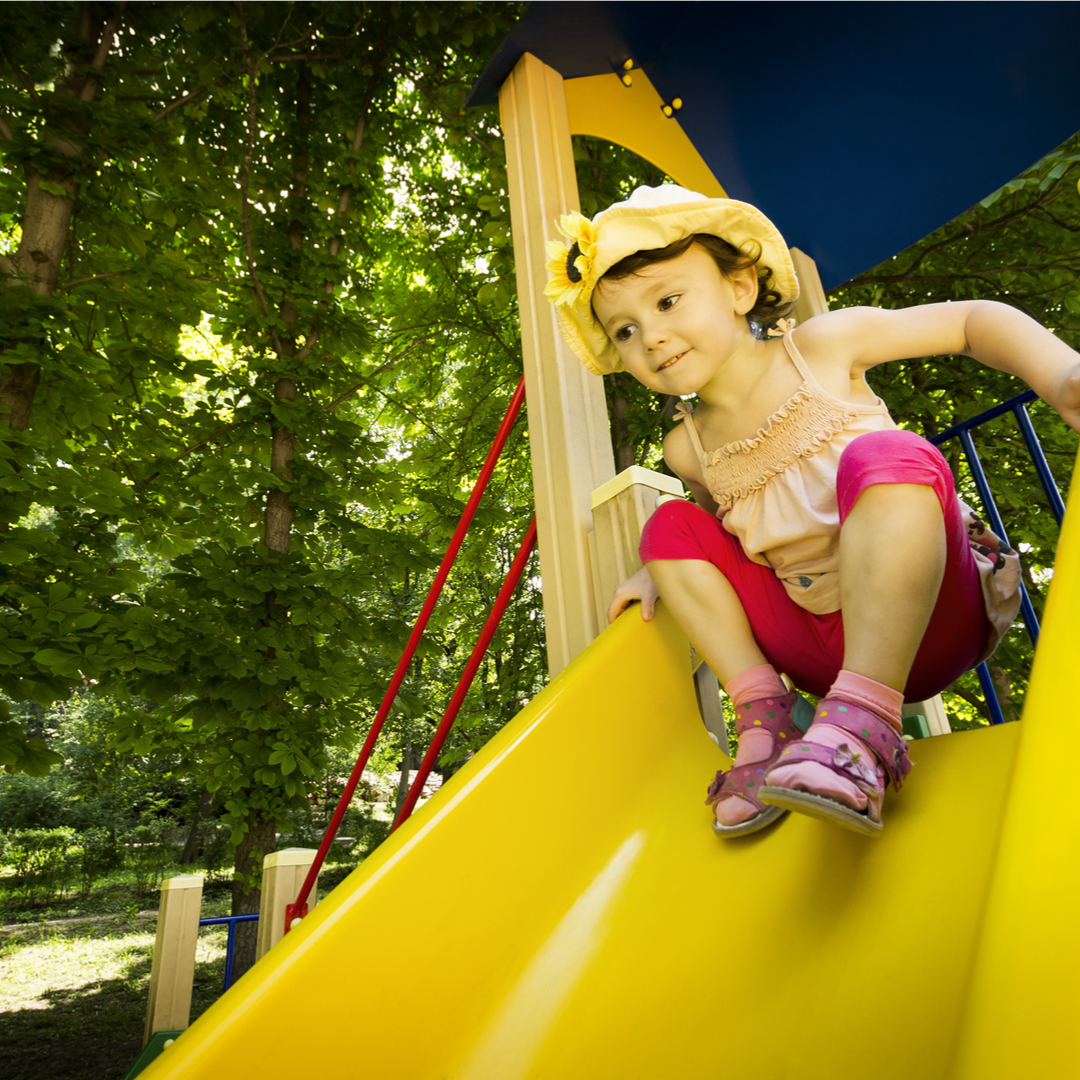
Understanding Low Muscle Tone: How Occupational Therapy in Bondi Junction and Mascot Can Help
Low muscle tone, also known as hypotonia, can make muscles feel weak and floppy, impacting a child’s movement and coordination. Many parents become concerned when they notice their child struggling with everyday activities, but early intervention through Occupational Therapy can make a significant difference. At our Bondi Junction and Mascot clinics, we help children strengthen their muscles and improve their motor skills to support healthy development.
What is Low Muscle Tone?
Muscle tone is the natural tension in our muscles that helps maintain posture and readiness for movement. In children with low muscle tone, muscles may feel floppy or less firm than usual, making it harder for them to control their movements. Picture a stretched-out rubber band—loose and lacking spring. This analogy helps illustrate how low muscle tone impacts a child’s ability to stay upright, maintain balance, and perform tasks requiring coordination.
How Does Low Muscle Tone Affect Children?
Movement and Coordination: Children with low muscle tone may struggle with gross motor skills, leading to delays in reaching milestones like sitting, crawling, and walking.
Posture: These children may often slouch or have trouble sitting upright due to weak core muscles, impacting their overall posture.
Endurance: Simple activities like playing or walking can tire them out more quickly because their muscles require extra effort to perform everyday tasks.
Fine Motor Skills: Tasks requiring precision, like holding a pencil, buttoning clothes, or cutting with scissors, can be especially challenging for children with low muscle tone.
Speech: The condition can also affect the muscles used for speaking, making it difficult for children to form words clearly.
Signs of Low Muscle Tone
Here are some common signs that your child might have low muscle tone:
- A floppy feel when you pick them up, like a rag doll.
- Delayed milestones, such as sitting, crawling, or walking.
- Poor posture, with frequent slouching or difficulty sitting up straight.
- Weak grip or trouble holding onto objects.
- Fatigue during physical activities, tiring more quickly than peers.
Causes of Low Muscle Tone
Low muscle tone can result from a variety of factors, including:
- Genetic conditions like Down syndrome or muscular dystrophy.
- Developmental disorders that impact muscle development.
- In some cases, the cause remains unknown, but early intervention through therapy can provide support.
How Occupational Therapy Can Help
At OneOnOne Children’s Therapy, our Occupational Therapists use tailored activities to help children build strength, improve coordination, and enhance daily functioning. Here’s how we approach treatment:
- Strengthening Muscles: Our Occupational Therapists design engaging exercises, such as obstacle courses, jumping, and climbing activities, to build muscle strength in a fun and supportive way.
- Fine Motor Skills Development: Through games and activities like block building, threading beads, and using scissors, children improve their hand-eye coordination and fine motor skills.
- Speech Therapy: If low muscle tone impacts speech, speech pathologists use creative exercises, such as blowing bubbles or making sounds, to strengthen the muscles used for talking.
Fun Activities to Try at Home
You can support your child’s muscle tone development through playful activities:
- Animal Walks: Imitate animals like bears, frogs, or crabs to strengthen muscles in a fun way.
- Play Dough: Squeezing and rolling dough helps improve hand strength.
- Yoga for Kids: Simple poses like the tree pose and downward dog can boost balance and muscle tone.
- Dance Parties: Dancing strengthens muscles and improves coordination while keeping kids entertained.
- Simon Says: Following movement commands enhances coordination and listening skills.
We’re Here to Support You
At OneOnOne Children’s Therapy, we believe in empowering every child to grow and thrive. Our Bondi Junction and Mascot clinics offer nurturing spaces where children can strengthen their muscles, overcome challenges, and reach their full potential. Our holistic approach to Occupational Therapy and early intervention ensures that each child receives tailored care for their unique needs.
Reach Out for Support
If you’re concerned about your child’s low muscle tone or want to learn more about how Occupational Therapy can help, we’re here to assist. Our AHPRA-registered Occupational Therapists are ready to provide the support your child needs.
Call our Bondi Junction or Mascot clinics at (02) 8065 7837 or email us to book a free 30-minute phone consultation. Let’s work together to help your child develop strength and confidence!
We are a dedicated team of Occupational Therapists, Speech Pathologists, Certified ESDM Therapists, and Psychologists, serving families in Bondi Junction and Mascot, providing top-quality care for children with autism, developmental delays, and learning difficulties.
